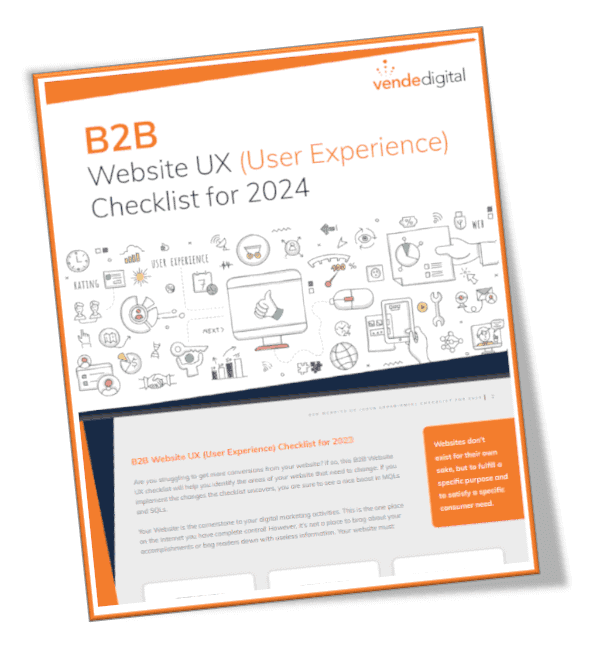Censorship? What censorship?
It’s not just news about Facebook, it’s the news about Facebook’s newsfeed.
You may have heard of the recent Facebook “scandal”. One or more anonymous and former Facebook employees recently told Gizmodo that the social media giant has been censoring everyone’s newsfeed – keeping conservatives out.
The company reportedly had unwritten direction to filter news stories from “right-leaning” media outlets such as Breitbart and the Drudge Report, unless a similar story had been picked up by a “mainstream” news site like CNN.
Reasonable you say? Well sort of – but since they weren’t holding stories from “liberal” sites like Slate, and were “injecting” news stories that really weren’t popular…it shows bias. In a contentious political season rife with huge social issues, some people are really offended (and not the ones who are usually offended). So offended, that the U.S. Senate is investigating (the conservative part of course).
Facebook has naturally denied censoring but not to Gizmodo itself. Instead they released statements on Buzzfeed, TechCrunch and others but Gizmodo said that shortly after the story broke on, news stories from “right-wing” media sites appeared in the trending news section, along with the story about Facebook itself. Apparently, someone did a little correcting.
Twitter has also faced their own censorship battles in the last few months. They caused a small uproar on the right, when they were accused of unfairly suspending accounts, “unverifying” accounts and “shadow banning” others – and reportedly blocked certain hashtags from the “trending” list.
The real shocker about the Facebook censoring scandal is only that some people are shocked.
The leadership at LinkedIn, Apple, PayPal, Microsoft and Amazon have all taken overt positions on various political issues (Google if you can’t guess) and though Facebook has denied any bias in their algorithm, Mark Zuckerberg’s world views are well known.
Frankly, we have had censorship in media for quite some time. – if we didn’t, we wouldn’t need “conservative” or “liberal”, “right” or “left” media outlets. We might like to believe that Walter Cronkite’s values are still working in media – but Facebook, Google and even Twitter are not news organizations, run by journalists and not one of them asks themselves “What Would Murrow Do?”
Even though it isn’t surprising, it does pose some reason for concern (not sure if it rises to the level of a senatorial investigation but still). Trends show that more and more, people are getting most, or even all of their news from Facebook, which means that they aren’t getting all of the news. Not pointing fingers or anything but this is especially true in a certain under-34 demographic who spends more time chatting on their smart-phone than they do chatting with people – and who never sit through a television commercial.
Get the story straight from Gizomodo.
What’s the point?
We know Facebook, Twitter, Instagram, Google, even LinkedIn work on an algorithm. We also know that it has been really, really difficult to understand what drives that calculation.
As a business – Facebook and Twitter censoring news may not affect you directly, but the fact that we know it happens, reminds us that these organizations are huge corporations. We like to think of them as an online community center but they aren’t. They aren’t inherently evil, but they are out for themselves.
Most of the time, it doesn’t mean that a personal bias will impact user experience, it simply means that they do what makes money….and how do they make money? Advertising of course.
You need a social media plan – and this starts with the free stuff – but it may not end there. You need to understand what the platforms “like” and what your demographic target group wants to see – and tailor your social activity to both. In general, you can go by – short and sweet, everyone likes images, quality over quantity, and keywords count- but an advertising campaign – even a modest one, will likely get you a lot further.
If it seems tough to swallow, just remember that you wouldn’t have objected to buying an ad in the phone book.
In lighter (and shorter) news – Instagram gets a new icon
Instagram just released a shiny-new icon, the first new icon…ever since they are just a few years old. Not to gush or anything – but it is much cooler (it probably isn’t hip to say cool right?)
They went from a brown and tan, squarish cartoon camera to a white outline of squarish camera on a purple-to-orange gradient background. They also simplified the color and appearance of the app’s interface – actually, they removed the color and it is now black & white.
Thus far, the change isn’t affecting functionality –users aren’t ready for another operational change since the algorithm update in March. The new appearance will be enough trauma, but it may make images and videos look even better.
Check out the new icon at Instagram.
What’s the point?
Instagram is the quickest-growing social media platform and is now in second place for most-popular. The platform is honing in on 500 million users with about two-thirds of millennials on the site. For top brands, Instagram also boasts a “per-follower engagement rate” that is about 60 times that of Facebook, 120 times that of Twitter with a higher ad recall.
Instagram doesn’t fit every business and the demographic may not be important to you – yet. Millennials were early-adopters but they will get older – and other age groups have followed them in uptake of everything tech.
Before you decide to skip Instagram, check it out. You have to do it from your smartphone since that’s where they are and that’s where it is.
